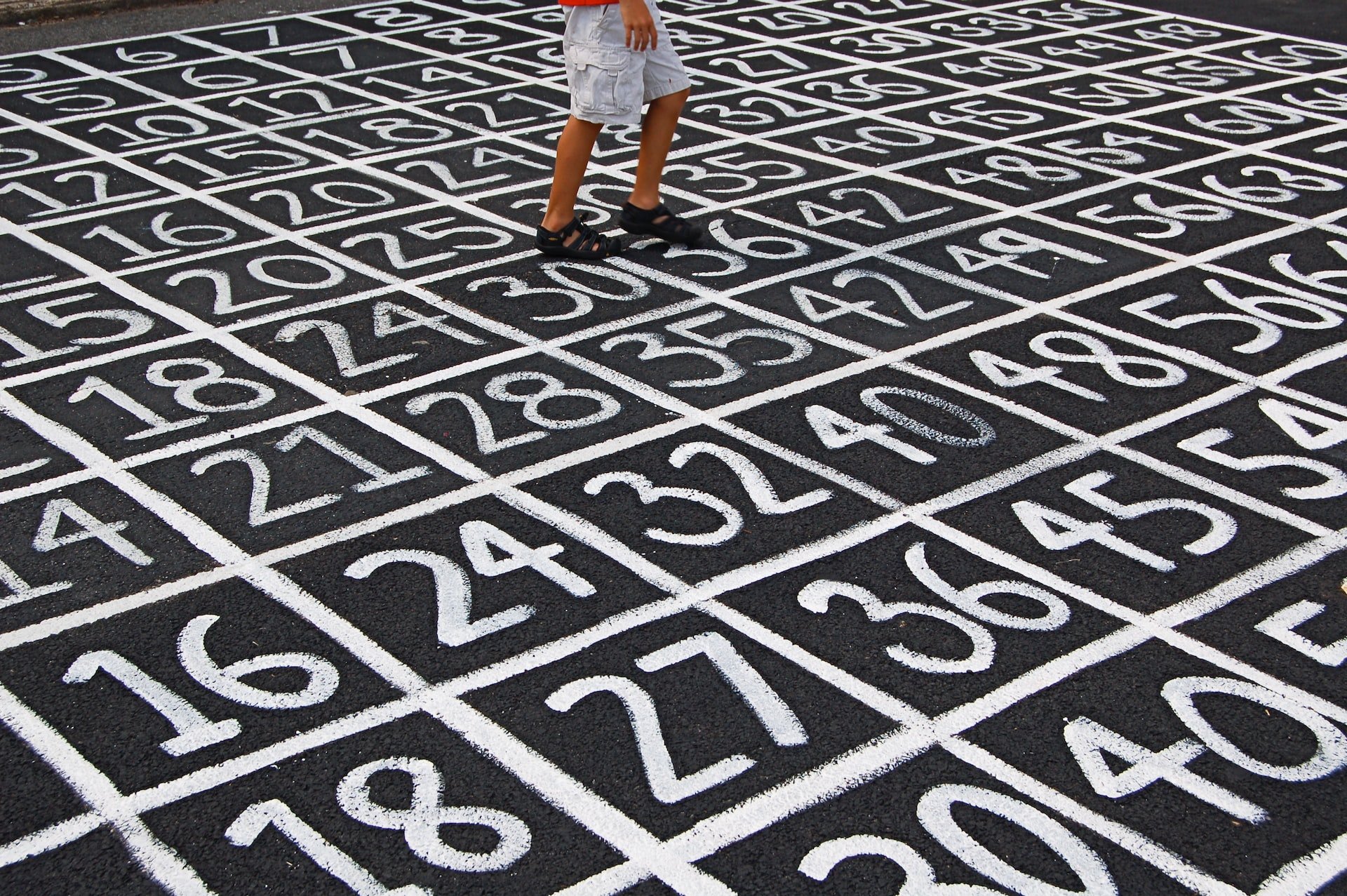Improving Census data on Australia’s diversity will help to better identify and address poverty
The Australian Government recognises the current Census questions on cultural, ethnic and racial identity are inadequate. So what might better Census questions look like? And how would more comprehensive data on Australia’s ethnoracial diversity help to better address underlying social and economic inequalities? In Anti-Poverty Week (@AntiPovertyWeek), Life Course Centre (@lifecourseAust) researcher and sociologist Dr Rennie Lee (@Rennie_Lee) at The University of Queensland, and colleague Professor Farida Fozdar (@FaridaFozdar), sociologist at Curtin University, examine this important data collection issue that is vital for government policymaking.
Children and grandchildren of migrants are not captured in the census, but research indicates their experiences are very different from White Australians. Photo by Markus Krisetya on Unsplash
Is the census representative?
Australia’s multicultural population is often identified as the second most diverse in the world, with immigrants from over 180 countries and speaking over 350 languages.
But comprehensive data on this population is currently limited. The result is an inadequate understanding of how various multicultural groups experience different outcomes across key institutions such as health, employment, education and housing.
This, in turn, raises questions about the effectiveness of data to inform government policymaking and the distribution of government resources to address inequality.
Proper data on race and ethnicity could revolutionise how we think about Australia. The Australian
Government’s announcement that it would establish federal standards for collecting ethnicity data is long overdue. But to accurately capture Australia’s diverse populations, we must think beyond a ‘foreign-born’ or ‘immigrant’ lens and use a wider range of measures.
Drawing on current Australian Census data and established academic research, we discuss three main questions:
What is Australia’s current strategy for data collection?
Who is left out?
What measures do we need to understand Australia’s multicultural population?
Current data collection strategies
Currently, the Australian Census relies on questions regarding an individuals’ country of birth, parent’s country of birth, ancestry, and language spoken at home. These questions, even when used together, are limited and exclude important populations.
Commonly, country of birth and language are used together to identify an individual’s ethnicity (Allen 2021). Yet, this method tells us very little beyond immigrants and their children, or the first and second generations respectively. While much of Australia’s national data focuses on new immigrants and their integration, we know very little about what happens to immigrants’ descendants by national origin, and more importantly, by race.
The current strategy misses important cohorts
Currently, offspring born to immigrant parents and raised in Australia (the second generation), comprise about one fifth of Australia’s population. Given the size, with many entering adulthood and the labour market, understanding how this population integrates has significant implications for Australian society as a whole.
It is likely there are differential outcomes on a range of indicators as a result of race and other dimensions of discrimination, but this is not trackable under the current Australian Census questions.
Aside from a question about whether an individual is Aboriginal or Torres Strait Islander, there are no questions on race in the Australia Census, including about mixed-race status.
As a result, ‘race’ is often extrapolated from country of birth data (as noted by Stevens and Fozdar 2021) and even this cannot be tracked past the second generation. This is problematic as research indicates that non-whites in Australia experience different outcomes compared to their white counterparts (Caranagio et al. 2020; Udah et al. 2019). Likewise, because of the lack of race-based statistics, we do not have a definitive estimate of the size of Australia’s mixed-race population (Stevens and Fozdar, 2021).
Adding more targeted questions will help
Together, collecting measures on ethnicity and racial background will innovate Australia’s outdated measures for capturing ethnoracial diversity (Allen 2021). Several other multicultural western countries with long immigrant histories, such as the United States, Canada, New Zealand, and the United Kingdom, already collect this information, albeit using different approaches. The different international approaches can provide some learnings to Australia as it develops its own measures.
No census question is perfect and, as other countries have shown, census categories are a constantly evolving process that require improvements over time.
Nonetheless, new measures on ethnicity and racial background are crucial to move Australia in the right direction toward counting, understanding, and addressing the needs of its diverse population.
Why is this important?
In order to effectively identify and address inequality in Australia, and disrupt the intergenerational transmission of disadvantage, we need a better understanding of our multicultural population.
Perhaps some of the persistent structural disadvantage is among ethnic and racial groups that are undercounted or not visible due to this lack of comprehensive data.
It is also possible that some current social policies for addressing poverty and disadvantage may not work in the same way for all groups, and instead require more culturally appropriate or targeted policies and services.
Better data will ultimately lead to better social indicators outcomes.
Posted by @LifeCourseAust
References
Allen, Liz. 2021. “Understanding ethnicity in contemporary Australia using the census.” Australian Population Studies 5(1):56-64.
Caranagio, Vassilissa, Karen Farquharson, Santina Bertone and Diana Rajendra. 2020. “Racism and White privilege: highly skilled immigrant women workers in Australia.” Ethnic and Racial Studies 44(1):77-96.
Stevens, Catriona and Farida Fozdar. 2021. “Ethnicity, race or nation? Census classifications as barriers to the measurement of mixedness in Australia.” Australian Population Studies 5(1):49-55.
Udah, Hyacinth, Parlo Singh and Susanna Chamberlain. 2019. “Settlement and employment outcomes of black African immigrants in Southeast Queensland, Australia.” Asian and Pacific Migration Journal 28(1):53-74.

